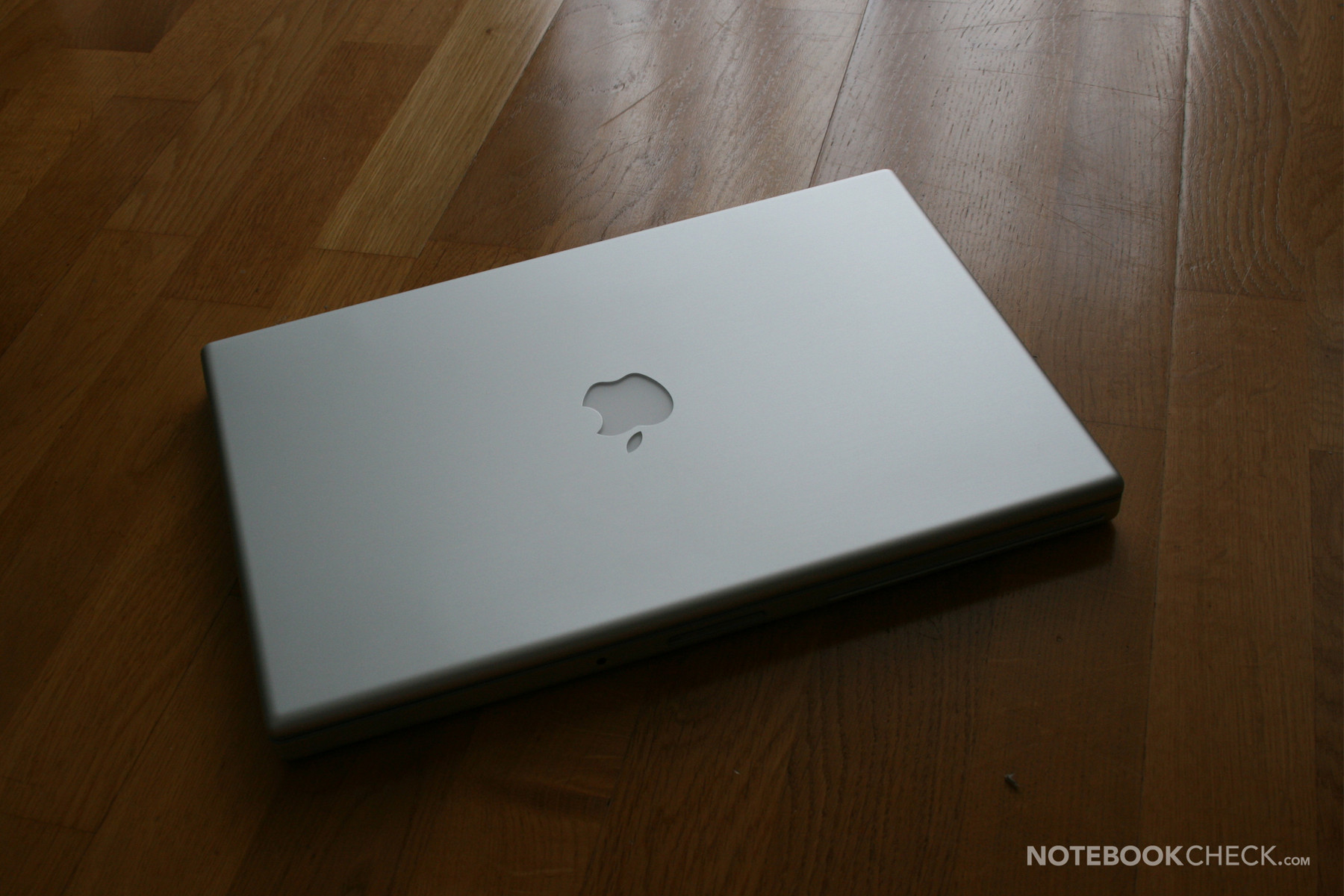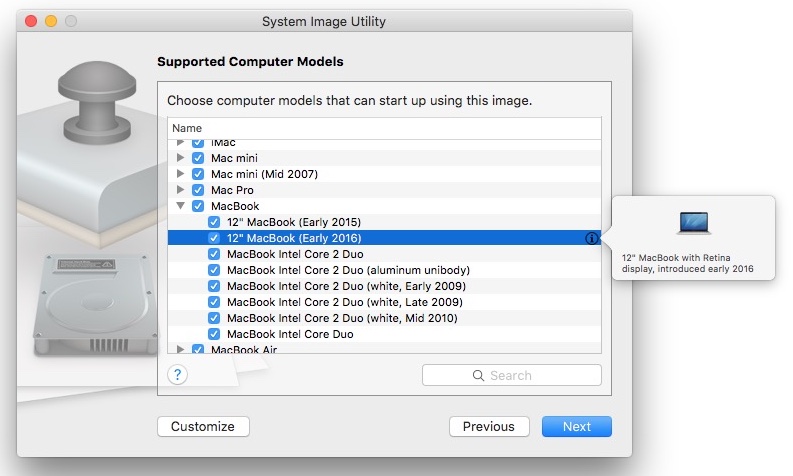
You can check to see what version of OS X you’re running, along with how much memory you have, by going to the Apple icon in the upper left-hand corner of your screen, clicking it, and selecting ‘About This Mac.’ You’ll also want to make sure you have at least 2GB of RAM and a minimum of 8 – 10GB of free space on your hard drive. There are some reports of users modifying a system file that tells the OS whether it’s on supported hardware, and getting machines like the powerful 2008 Xserve servers up and running : but it’s not for the faint of heart, since you run the risk of losing the ability to boot any time your software gets updated. MacBook (Late 2008 Aluminum, or Early 2009 or newer).Luckily, Apple posts a handy list of the models you can expect to be compatible with the new OS:

Some older Macs will also be upgradeable, but you’ll need to check in order to make sure.

That means that if your Mac runs OS X 10.10 “Yosemite”, 10.9 “Mavericks”, or 10.8 “Mountain Lion,” it’ll run El Capitan. This is the window that pops up when you click on ‘About This Mac.’


 0 kommentar(er)
0 kommentar(er)
